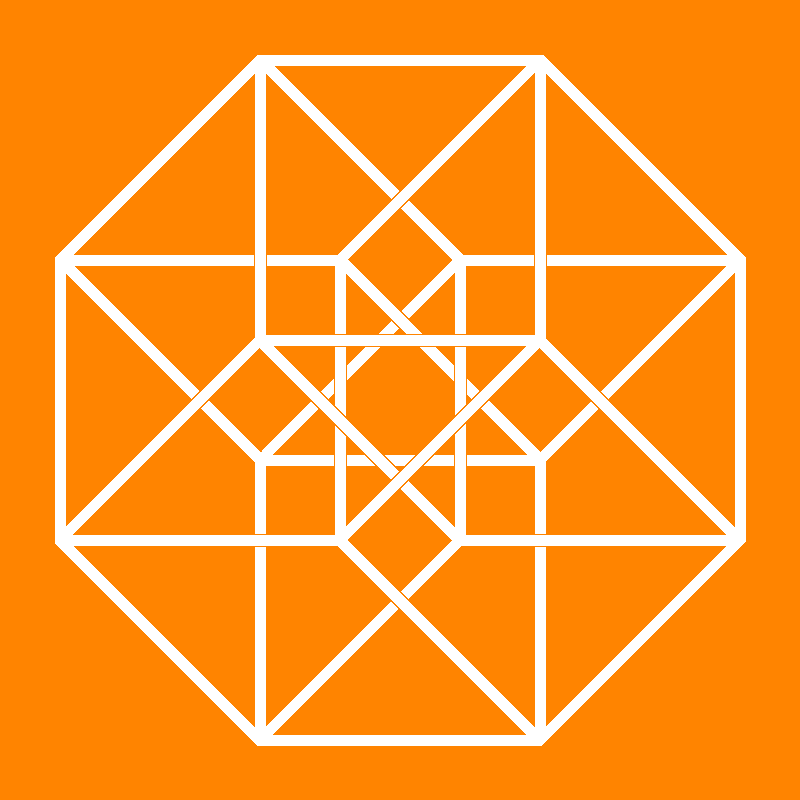
Journal for Geometry and Graphics 21 (2017), No. 2, 225--239
Copyright Heldermann Verlag 2017
Between Memory and Innovation: Algorithmic Analysis of Some Catoptric Anamorphoses by Jean Francois Niceron
Silvia Mazzalai
Via Aosta 24, 38122 Trento, Italy
mazzalai.silvia@gmail.com
Descriptive Geometry forms the foundation of the science of representation, and has supported designers, engineers, architects and artists throughout the centuries. Its understanding has provided the basis to control three-dimensional shapes in space and their reproduction through recognizable bi-dimensional images. In this paper an extreme case of representation will be discussed, the intriguing and infallible technique of Anamorphosis. This is a form of representation that takes advantage of linear perspective in order to achieve a distorted and disrupted image, or three-dimensional configuration, which appears as a regular form only when it is observed from a specific point in space, or with the aid of mediating devices, displaying a figure which was previously unrecognizable. Known empirically from the beginning of the sixteenth century, Jean Francois NicÚron was the catalyst of this topic. The most challenging aim of the underlying research is the identification of an algorithmic digital system able to automatically generate this type of representation.
Keywords: Anamorphosis, catoptric, computational design, Descriptive Geometry, illusionary perspective, algorithm.
MSC: 51N05; 68U07, 01A45
[ Fulltext-pdf (8898 KB)] for subscribers only.